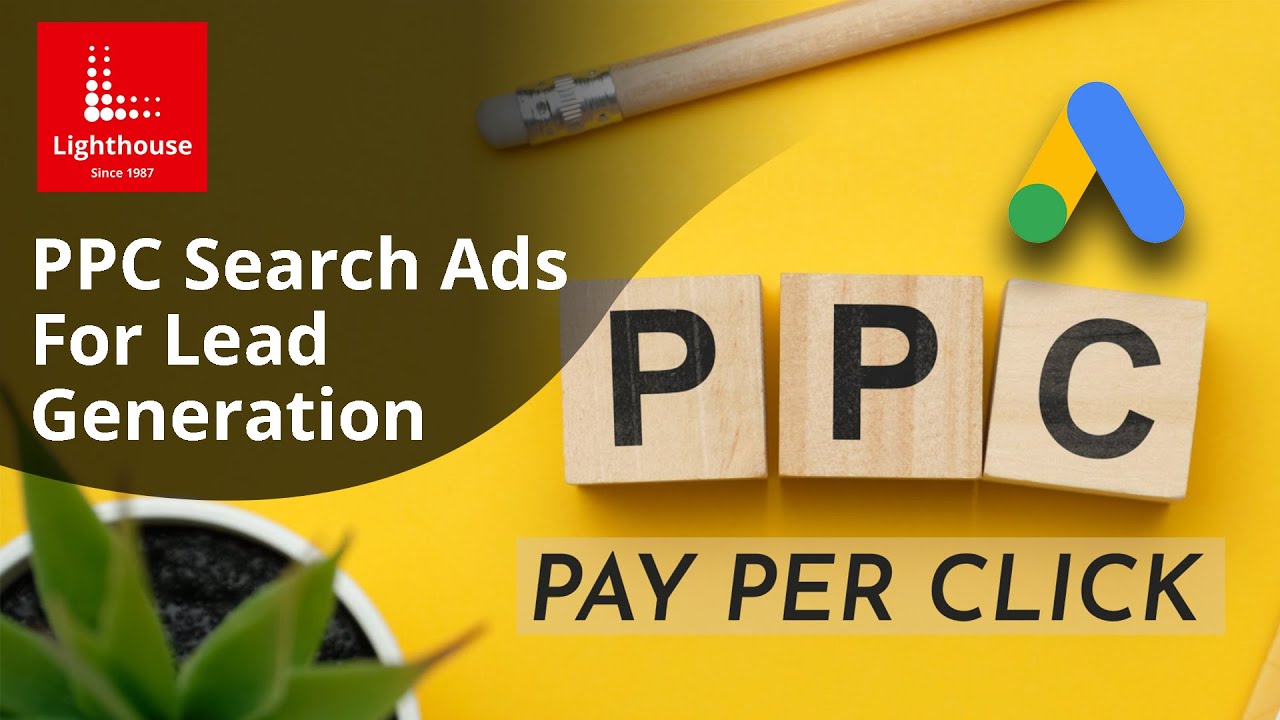When it comes to affiliate marketing, there are 3 main models for you to choose from – And they are Pay Per Sale (also known as PPS), Pay Per Lead (sometimes also known as PPL) and finally, Pay Per Click (also known as PPC).
In this article, I am going to share with you more about each of these 3 affiliate marketing models – In particular, I am going to touch on telling you briefly what each of them are (in layman terms), along with the pros and cons of each model.
Pay Per Sale (PPS)
Pay Per Sale model is one where you, as the affiliate, promotes a particular product/service (both digital as well as physical products) and you will be paid a certain amount of commissions (based on the price of the product/service) by the merchant whenever you have successfully referred a sale (that means you have gotten someone to click on your affiliate link [which is a unique link given to you by the merchant just so that the merchant knows which affiliate referred a sale] and he/she eventually purchases the product/service)
The following are some of the advantages, as well as disadvantages, of this particular model:
Advantages:
- Most of them allow you to sign up and start promoting their products/services immediately.
- Compared to Pay Per Lead and Pay Per Click models, you will be able to generate much more income with this model – Especially if you are promoting digital products, where commissions from each sale is between 50% and 75%.
Disadvantages:
- Your commissions will be reversed whenever someone refunds the item.
- Unlike the Pay Per Lead, and Pay Per Click model, customers need to take out their credit card to purchase the product/service in order for you to get paid.
Pay Per Lead (PPL)
In this model, you will get paid whenever someone performs a particular action required by the merchant.
The actions could be entering an email address or a zip code, filling up some simple personal information (such as first and last name, email address, postal address, zip code), or signing up for a free product trial offer.
The amount that you will get paid will depend on the complexity of the action – Basically, the more fields (and the more time someone needs to complete the action), the more you will get paid.
The following are the advantages and disadvantages of this model:
Advantages
- Unlike the Pay Per Sale model, you are not subjected to any refund request.
- Customers need not make a purchase in order for you to generate a commission (for example, it does not require customers to swipe their credit cards if the action required by the merchant is just their email address or zip code for you to get paid).
Disadvantages
- One of the pre-requisites of being approved by networks that have Pay Per Lead (PPL) offers is that they require you to have a website with a considerable amount of traffic (and you need to state the website’s URL on the registration form).
Pay Per Click (PPC)
This affiliate marketing model is where you are required to put up ads on your website (it can come in a form of a text, or banner ad), and whenever someone clicks on these ads, you will get paid.
The following are some of the advantages, as well as disadvantages, of this model:
Advantages
- Similar to the Pay Per Lead model, customers need not make a purchase in order for you to get paid.
- There are also no refund issues to worry about.
Disadvantages
- You need to have a website (that has a high volume of traffic) in order for you to be able to generate a substantial income from this affiliate marketing model.



